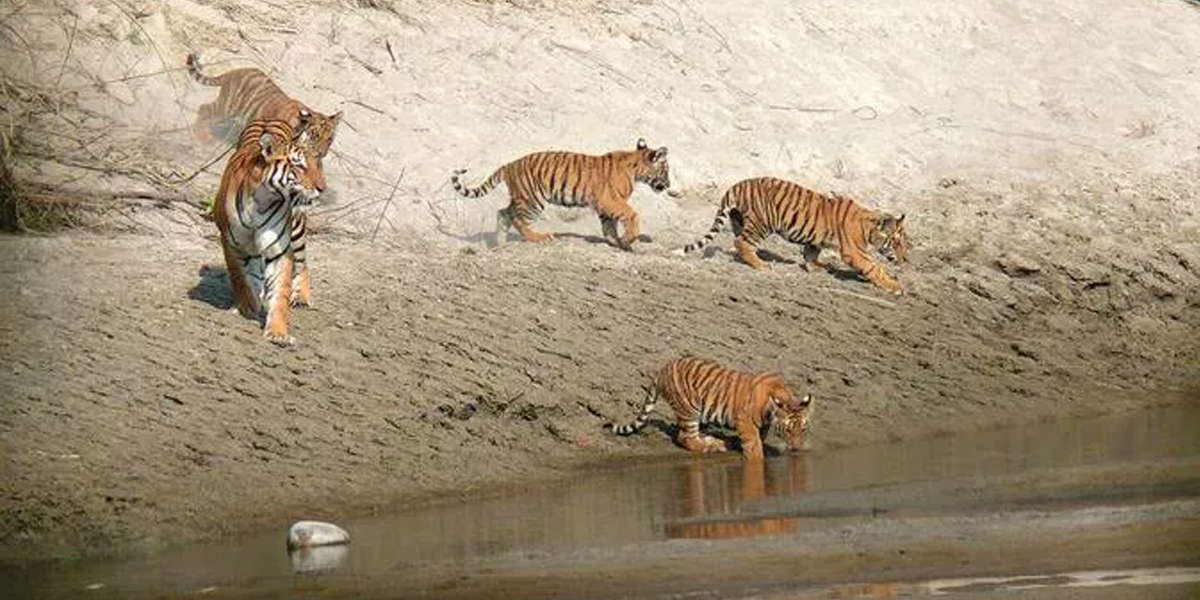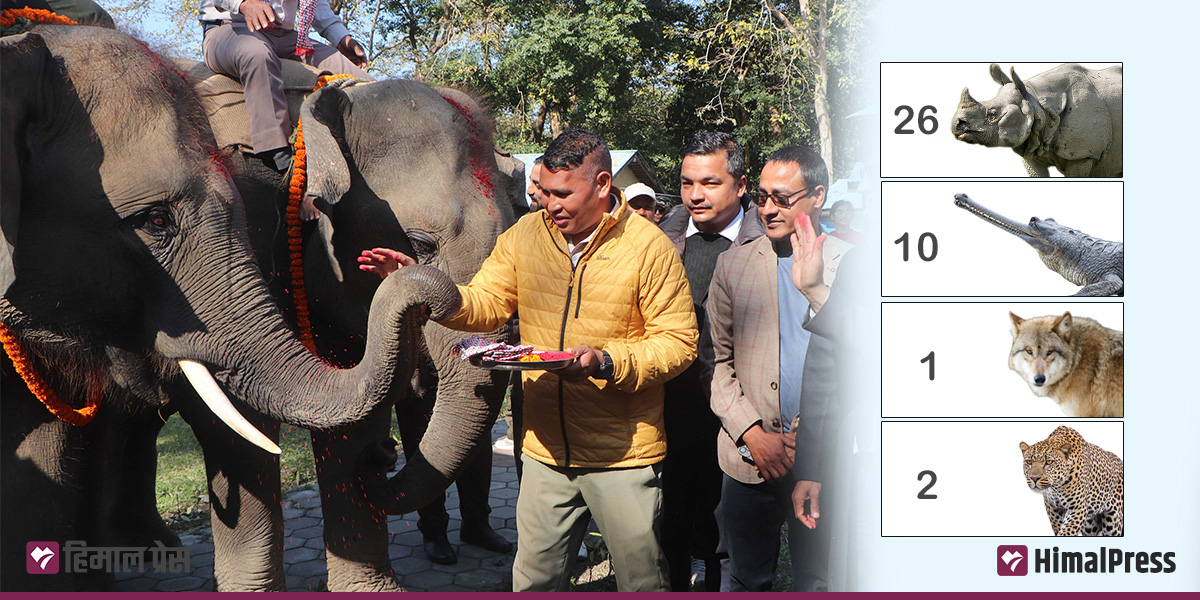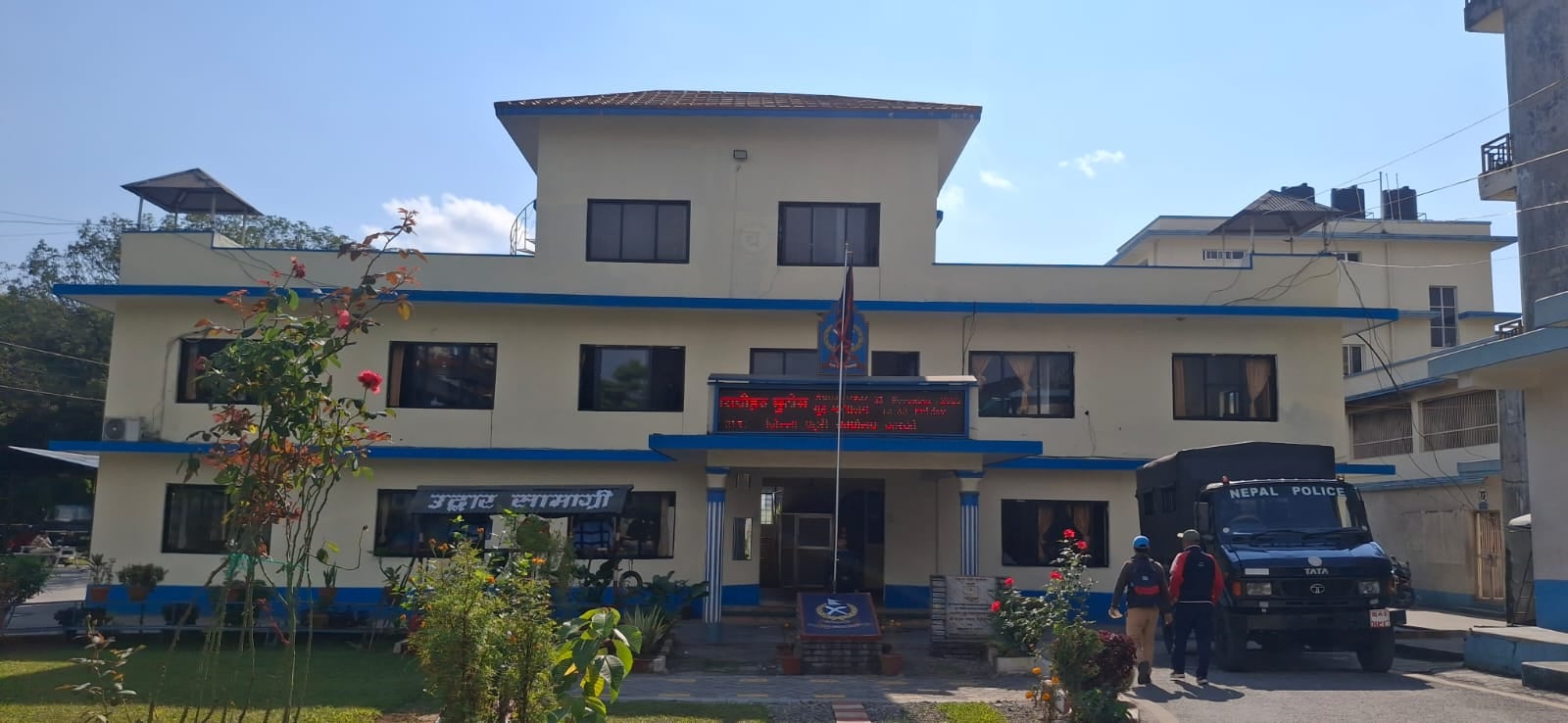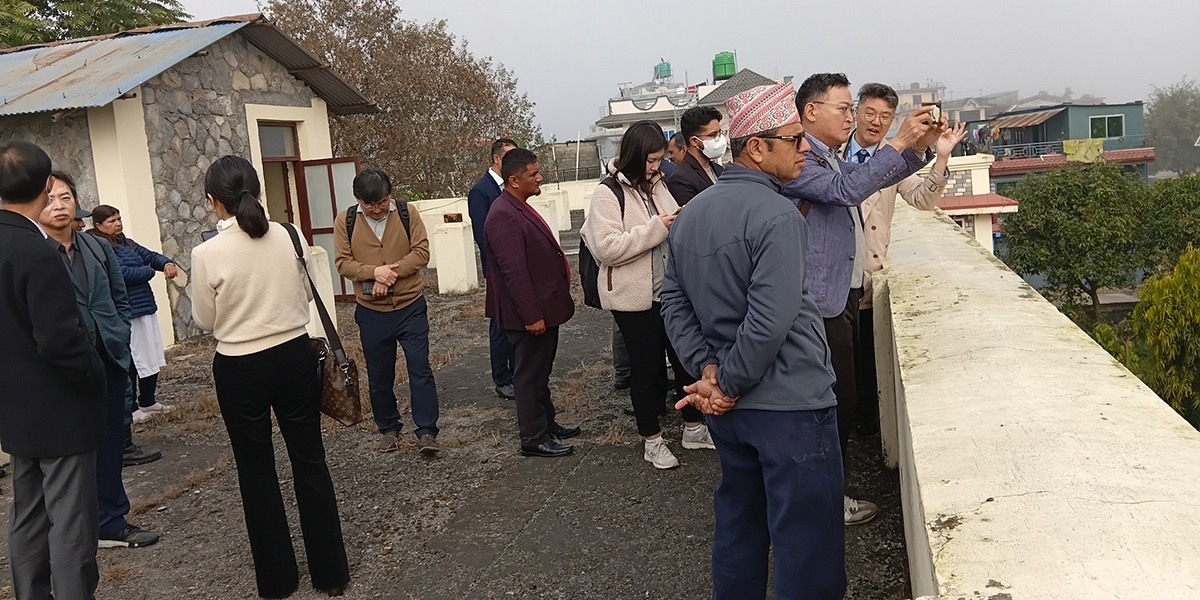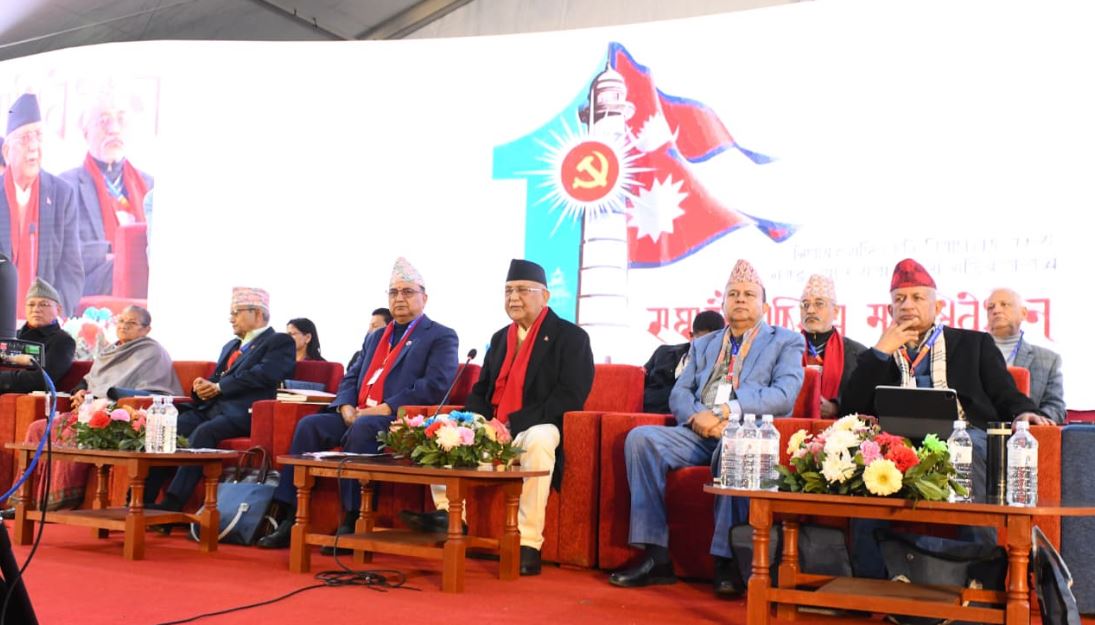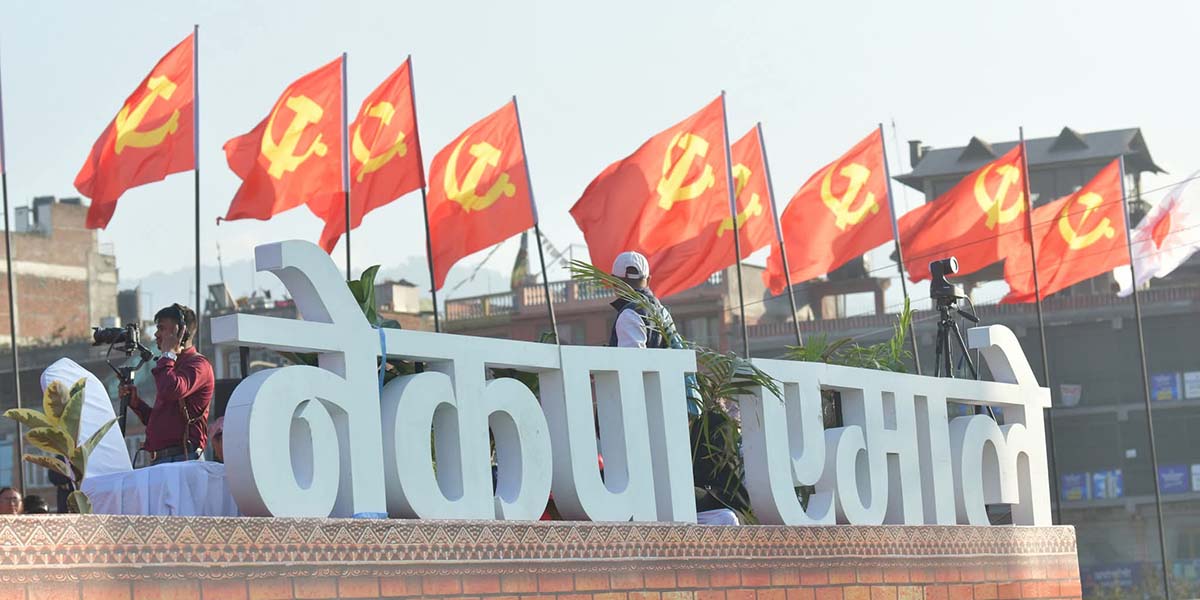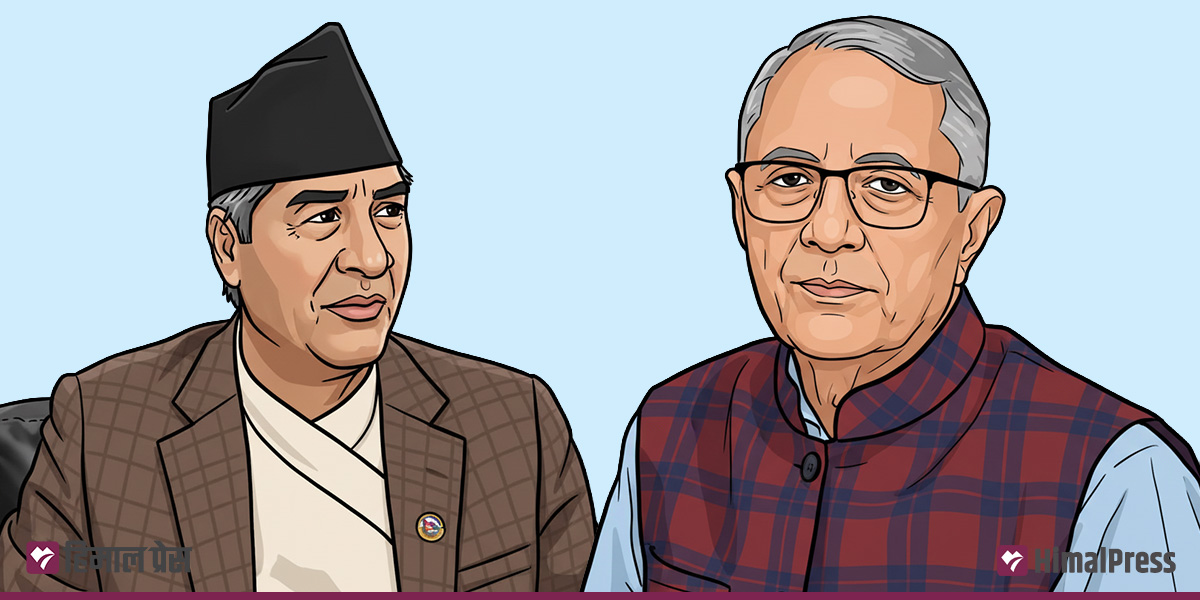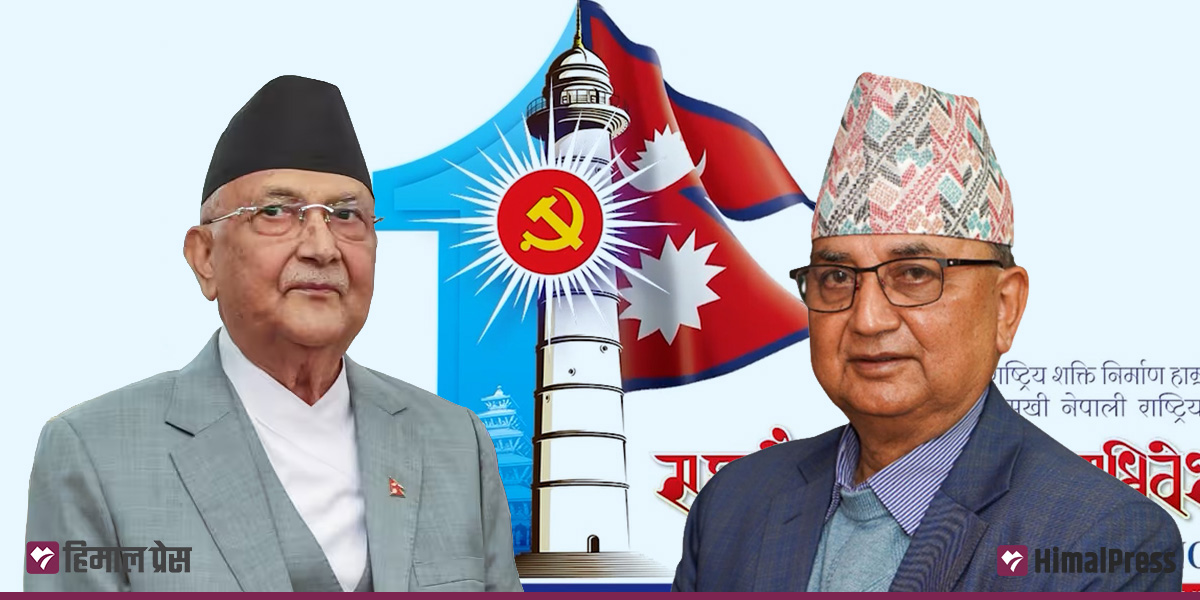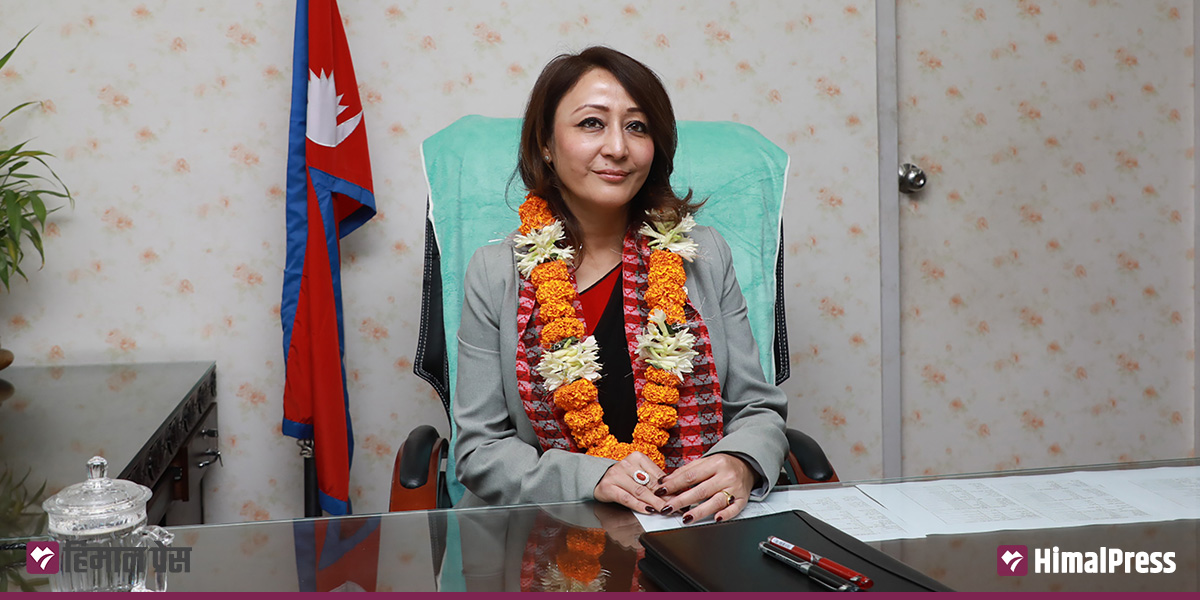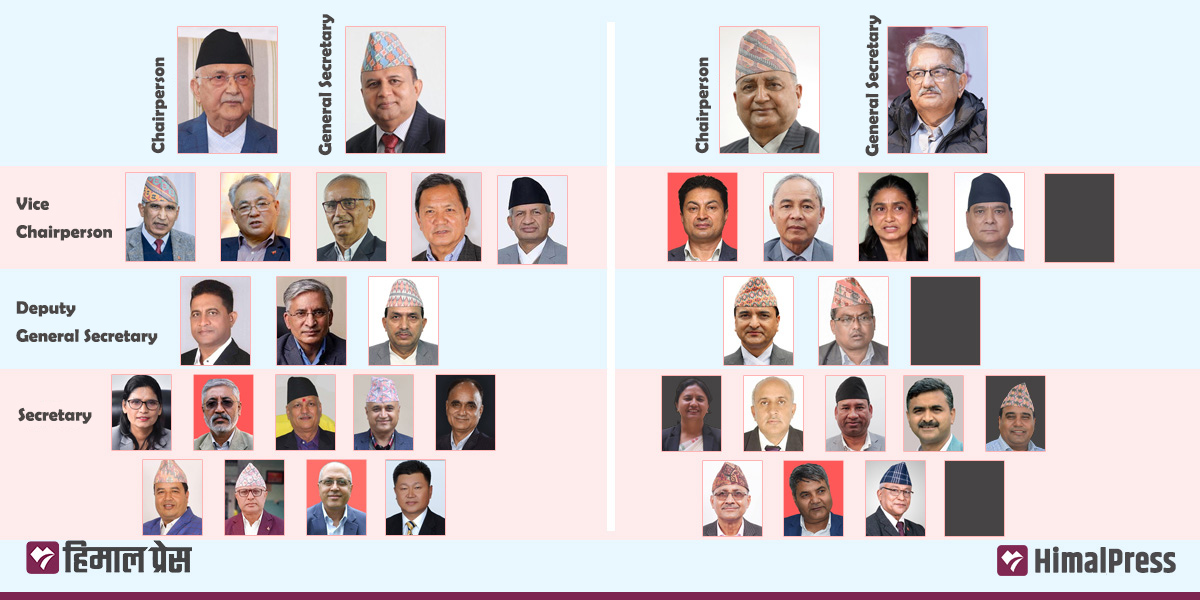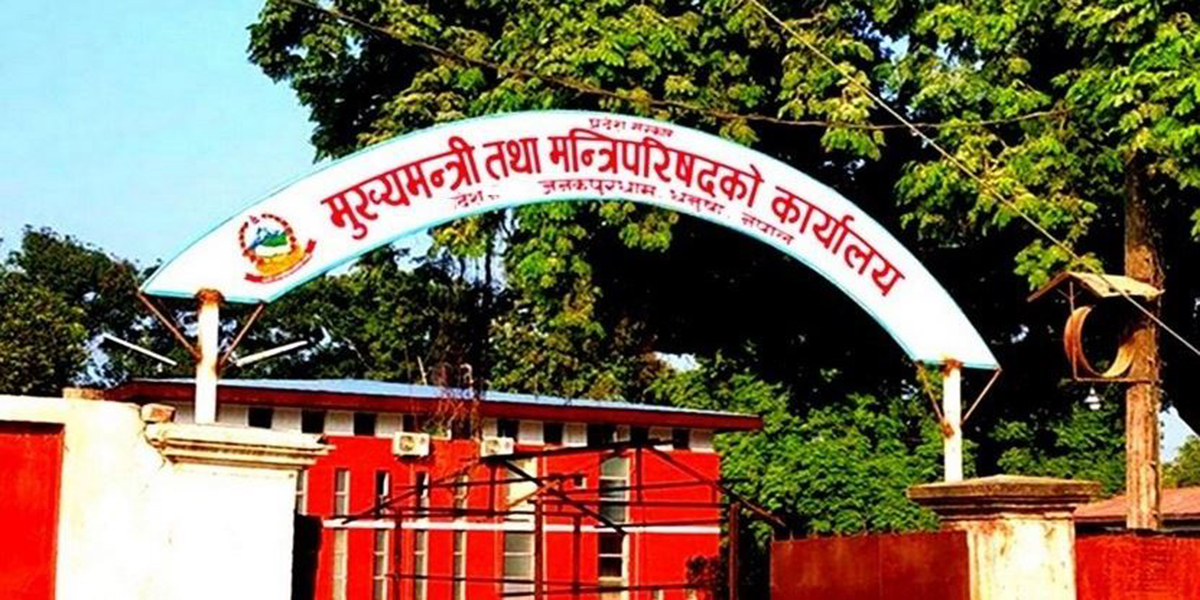
The ouster of the Bangladeshi government led by Sheikh Hasina on 5 August, 2024 caught most observers by surprise. After fifteen years in power, accompanied by steady economic growth as well as improvements in human development indicators, Hasina was perceived as safely ensconced in power. It is true that low turnouts in elections – the last one only took place seven months ago – and repression of political opponents had raised questions about her government’s true popularity and legitimacy, but the end of her reign was as quick as it was unexpected.
As with any large change, there are multiple reasons why Hasina fell from power, but one underlying issue has been youth unemployment. In June this year, the Bangladesh Supreme Court re-instated a controversial 30% jobs quota for the descendants of freedom fighters in Bangladesh’s war for independence in 1971. This had been scrapped in 2018, and was widely seen as a corrupt system of patronage that allowed those close to the regime to not only get jobs, but also dominate the bureaucracy. In a time of limited employment, reinstating this quota proved to be the spark that led to student protests, state repression, more protests and the eventual overthrow of the government.
Youth unemployment is a challenge across South Asia
Bangladesh’s situation had characteristics unique to the country, but youth unemployment is not one of them; it is a problem across South Asia. According to the World Employment and Social Outlook by the International Labour Organisation, 31.7% of people aged 15-24 in South Asia were not in employment, education or training in 2022. Only the Arab states had worse statistics (32.9%). In fact, these numbers hide as much as they reveal because the single biggest sector in which South Asians are ‘employed’ is agriculture, often indicating underemployment, or a lack of opportunities in other areas.
Even the relatively stable economies of India and Bhutan are showing the strain. Despite a relatively good recovery after the pandemic, Bhutan has seen an exodus of young people to places like Australia in search of jobs, and the rapid rural depopulation has led to the coining of the term Gungtong, or empty village. The government of India, which loves to describe itself as the world’s fastest-growing large economy, suffered a jolt in June, when the governing coalition lost nearly 60 seats in the general elections, largely attributed to disappointment over a lack of jobs and resentment in rural areas.
One part of the issue is that the agricultural sector is the area most vulnerable to climate change impacts, such as erratic rainfall, droughts, floods, new pests and diseases. Across South Asia people are fleeing rural areas for urban ones, or even foreign ones. 10.47% of households in Bangladesh reported that at least one person in their family had migrated within the country, or out of it, within the last five years. Many of these are poor families leaving behind areas devastated by climate-induced disasters. This problem is not specific to the country, though, with migrants from Nepal finding it impossible to go back to farmlands devastated by disasters. This large-scale migration affects not only the countries from which the migrants come, but those they try to reach. The International Organisation on Migration said earlier this year that 12% of the migrants who died crossing the Mediterranean to get into Europe were Bangladeshis.
Agricultural distress is only part of the problem. The second part of the issue is that there are few jobs to be found for those fleeing devastation. If a green future exists, the jobs associated with it have not yet arrived in South Asia. The recently deposed Bangladeshi government made a great fuss over its Mujib Climate Prosperity Plan, which was supposed to reduce inequality, create jobs and sustain prosperity, but it did not deliver on this promise.
South Asia needs a Green Deal
If South Asia – a region hosting a quarter of humanity with a per capita income that is a sixth of the world average – were able to speak in one voice on the global stage, the single biggest demand would be for a Green Deal, one that facilitated growth and an energy transition. Unfortunately, there is very little likelihood that South Asian governments will do this job at the annual Conference of Parties, or COP, held under the UN Framework Convention on Climate Change, where governments negotiate the path forward in dealing with the global challenge of climate change.
This year’s conference, COP29, is only four months away, and two countries in the region – Afghanistan and Myanmar – are governed by pariah regimes not welcome at such events. Sri Lanka is still recovering from its economic collapse in 2022, and Pakistan is still roiled by a political crisis over allegations of foul play over the elections in early 2024 that show no signs of abating. Moreover, official hostility has so crippled the South Asian Association of Regional Cooperation that no regional summit has been held since 2014. There is almost no likelihood of the governments of South Asia speaking together on anything.
Maybe most importantly, as Michael Kugelman wrote in February of this year, none of the political parties in the region articulated a clear climate message during the elections in Pakistan, India, Bhutan, Sri Lanka and Bangladesh this year. Instead, they focussed on infrastructure-led growth, many of them, like Sheikh Hasina of Bangladesh, basing their appeal on what they had delivered in this regard. In doing so, they ignored the agricultural distress and the jobs crisis looming over the region. The shock ouster of Hasina should act as a wake-up call that this is a failing strategy. A quarter of humanity cannot remain locked in poverty, increasingly vulnerable to climate-induced disasters and without any hope of a better future. They will rebel, and if the world keeps ignoring these issues, these rebellions will catch the world by surprise.
Ahmad is South Asia managing editor at Dialogue Earth.
(This article was originally published on Dialogue Earth under the Creative Commons BY NC ND license.)


